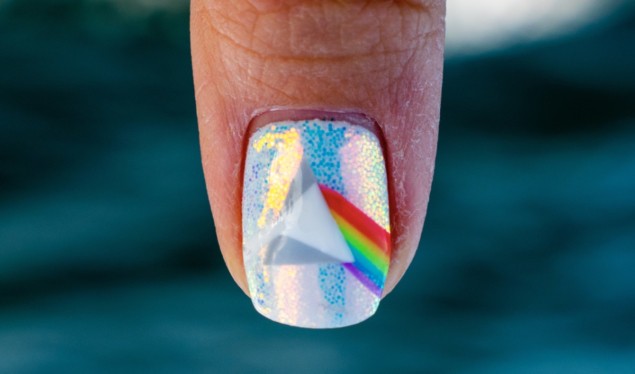
When you’re attending a scientific conference of over 20,000 people, it’s surprisingly easy to feel alone. International conferences are a rite of passage of a scientific researcher and science would benefit if we made them more welcoming for everyone.
Maybe you’re a PhD student who is presenting your first poster, thousands of miles away from the support of your own lab group. Maybe you’re a postdoc nearing the end of a contract, who knows the international travel will exhaust the end of your budget, and that this is one of your opportunities to find a new challenge. Maybe you identify as LGBTQ+, and while you’ve had the confidence to come out to colleagues in your home institution, you step back in the closet the minute you walk through the conference centre doors.
Perhaps you are religious and concerned about when and where you might be able to pray. Or you are a new parent who needs a lactation room. Or maybe you are from an underrepresented group and are exhausted by not seeing anyone who looks like you.
As summer draws to a close and scientists around the world reflect on their international conference experiences, we’d like to shine a light on SPIE Optics and Photonics, one of the most important dates in any optical scientist’s calendar. Since 2005 SPIE has advocated for women scientists, creating an annual Women in Optics Planner that is distributed to schools and colleges all over the world. Its regular meetings feature a range of equity, diversity and inclusion events, which include talks, training and networking opportunities. Inspired by SPIE’s efforts and our recent call to arms for increased diversity in physics, here is our advice.
- Think about your plenary speakers and session chairs, and ensure they are from diverse backgrounds. If you’re struggling to find women, people of colour or LGBTQ+ experts, try the 500 Women Scientists Request a Woman Scientist platform, 500 Queer Scientists, Unique Scientists or search for #BLACKandSTEM on Twitter.
- Ensure your session co-ordinators are aware of their own unconscious bias, and support them in identifying speakers and poster presenters. Help to encourage equal opportunities in questions and discussions, training facilitators if necessary. Recognize where you have power to advance the conversation and correct biases.
- Plan early. Don’t arrange a conference during religious holidays, ensure the rooms meet accessibility requirements and pick locations where delegates can afford accommodation.
- Make sure all speakers use a microphone and that there is a hearing loop set up in each room.
- Identify where in the conference venues there are gender-inclusive restrooms and point this out in your conference guide. Clearly designate single-user locking restrooms as “all gender” or “gender neutral”. Add signage to single-gender restrooms with information on the nearest gender-inclusive restroom.
- Find private spaces for nursing mothers and people who need time for reflection or prayer.
- Consider caring responsibilities. Offer childcare grants and, if possible, activities for young people.
- Plan a series of diversity events and encourage senior leadership to attend.
- Have an enforceable code of conduct, and advertise it widely in promotional materials and in the conference agenda, which outlines expected behaviour of delegates, co-ordinators and contractors.
- Think about distributed materials and ensure the imagery is representative of the community you seek to build around the conference site.
- Offer networking and training for early-career researchers and students. SPIE’s Lunch with the Experts is a fantastic way to connect established scientists with up-and-coming researchers.
- Plan student networking events before the conference begins, encouraging students to meet other future leaders from around the world and ensuring they have friendly faces to reach out to during the conference.
- Have pronoun stickers for your name badges, and ribbons acknowledging that your delegates care about diversity.
- Familiarize yourself with bystander intervention strategies so you are equipped to intervene if you are a witness to harassment or bullying. You can also consider creating a network of allies to promote the creation of safe spaces at meetings. We recommend checking out the work of Ento-Allies and Astronomy Allies to model how this might take shape in your own community.
- If possible, create travel awards to support the attendance of researchers who require financial assistance.

Why we need to keep talking about equality in physics
If you’d like to read more about planning, hosting and assessing scientific meetings, or want resources to take to an adviser or colleague, you’re in luck – 500 Women Scientists has put together a handy evidence-based guide.



